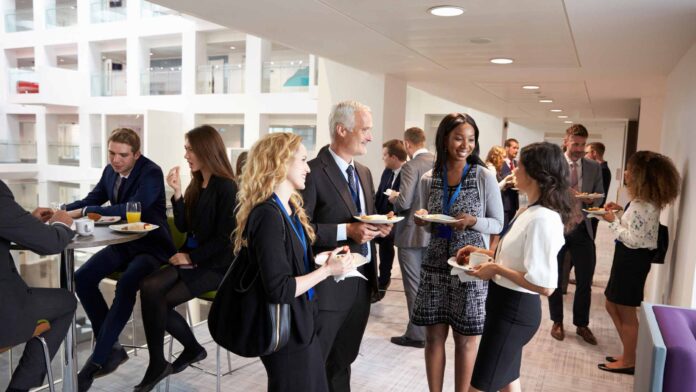Unlocking the Renaissance: The Event That Transformed Art Forever
In the grand tapestry of art history, few periods shine as brightly as the Renaissance. A time of rebirth, renewal, and renaissance (pun intended), this era marked a revolutionary shift in artistic expression that continues to captivate audiences worldwide. But what event truly transformed art during this remarkable period? Let’s delve into the fascinating world of the Renaissance and uncover the key moment that changed the course of art history forever.
Picture this: Italy, the 15th century, a time of great cultural fervor and artistic innovation. It was in this vibrant setting that the spark that ignited the Renaissance art movement was lit—the rediscovery of classical antiquity. Like a phoenix rising from the ashes, the ancient art of Greece and Rome was unearthed from the depths of history, breathing new life into the creative endeavors of the era.
Imagine walking through the streets of Florence, the birthplace of the Renaissance, where every corner is adorned with magnificent sculptures, awe-inspiring frescoes, and breathtaking architecture. It was here that the influential Medici family, patrons of the arts, played a pivotal role in fostering artistic talent and supporting groundbreaking artistic endeavors. Their patronage fueled a creative explosion that reverberated throughout Europe, shaping the course of art for centuries to come.
The Renaissance was a time of bold experimentation and artistic innovation, with renowned masters such as Leonardo da Vinci, Michelangelo, and Raphael pushing the boundaries of traditional artistic conventions. These legendary figures embraced the humanist ideals of the Renaissance, celebrating the beauty of the human form and the wonders of the natural world in their art.
One of the most profound transformations that occurred during the Renaissance was the shift from the medieval emphasis on otherworldly and religious themes to a renewed focus on the here and now. Artists began to depict scenes from everyday life, portraits of prominent figures, and landscapes with a newfound sense of realism and depth. Techniques such as linear perspective, chiaroscuro (the use of light and shadow), and sfumato (the blending of tones) were employed to create astonishingly lifelike works of art that still captivate audiences today.
As the Renaissance unfolded, art became more than just a visual feast—it became a reflection of the cultural, social, and intellectual currents of the time. The fusion of art and science, the exploration of human emotions, and the quest for knowledge and truth permeated the works of Renaissance artists, elevating art to new heights of sophistication and complexity.
So, what event truly transformed art during the Renaissance? It was the rediscovery of classical antiquity, the revival of humanism, and the spirit of innovation and exploration that defined this golden age of creativity. The Renaissance was a time of audacious vision, unparalleled craftsmanship, and boundless inspiration—a time when art transcended its traditional boundaries and reached new levels of expression and beauty.
As we reflect on the legacy of the Renaissance and its enduring impact on the world of art, let us be inspired by the fearless spirit of innovation and creativity that defined this remarkable era. Let us embrace the lessons of the past and continue to push the boundaries of art and imagination, creating a legacy that will inspire future generations for centuries to come.
Join us on this journey of discovery and enlightenment, as we celebrate the transformative power of art during the Renaissance and beyond. Let us unlock the secrets of the past and unleash the creative potential within us all. The Renaissance beckons—will you answer the call?
—
Thank you for reading. If you enjoyed this article, feel free to share it with your friends and leave a comment below. Let’s keep the conversation going!





